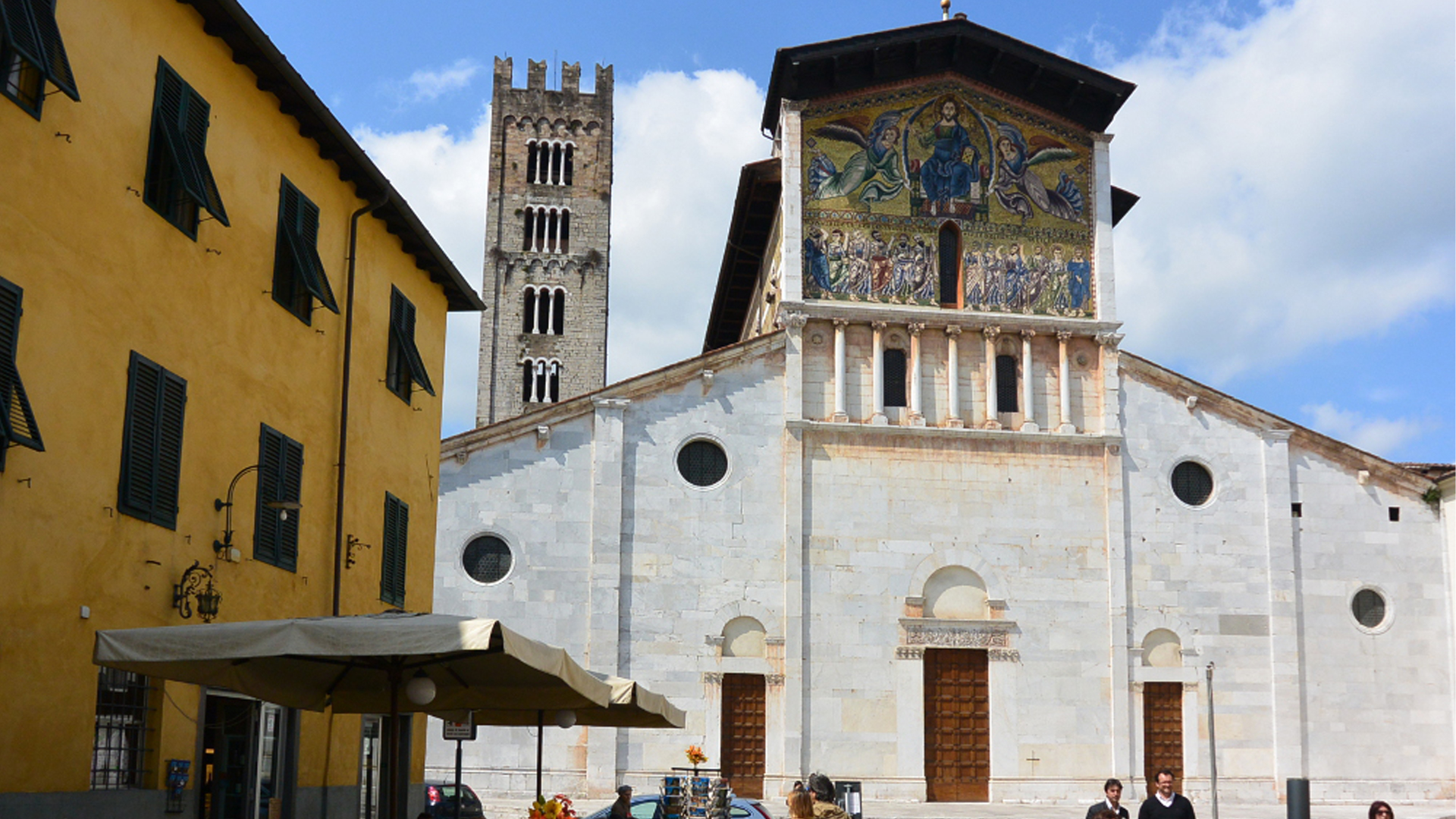The Tuscan city of Lucca has many faces. The ancient pilgrimage route called the Via Francigena crosses here, continuing to lead pilgrims (sacred and secular) to Rome or other village stops along the way. This strategic religious location gifted the city with the presence of numerous sacred buildings and gave Lucca its nickname of “City of 100 Churches.” A sublime and lofty Tuscan town, Lucca has hosted artists and intellectuals from all over the world for centuries. Its most famous native son, opera composer Giacomo Puccini, is memorialized with a beloved statue and museum in his honor.

(Photo credit: Pinterest.it)
In the heart of the historic center, you will cross streets such as Via Fillungo, full of elegant crafts and pastry shops. This is where you must forget about your diet for a moment and taste the Buccellato, a traditional sweet bread enriched with raisins and anise. Contributing to Lucca's modern identity are the famous Lucca Comics & Games annual festival and Lucca Summer Festival in the Piazza Napoleone which attracts world artists and oceanic crowds from around the world.

(Photo credit: Istockphoto)
Lucca’s city walls run for slightly more than two miles to encompass the city. Nearly 40 feet high and crowned with 11 bastions and monumental gateways, they are recognized worldwide as the only alla moderna (modern way) fortification complex preserved intact to this day. The famed walls are symbolic of the city and the oldest parts of the structures date to 180 B.C. Over the years the walls have undergone numerous expansions—medieval building projects began in 1504 and finished in 1648. When they were no longer strategically useful in a defensive way, the walls became a green leisure space, thanks to Maria Luisa of Bourbon, and are still enjoyed today as a charming pedestrian promenade with a great view.
Piazza dell’Anfiteatro
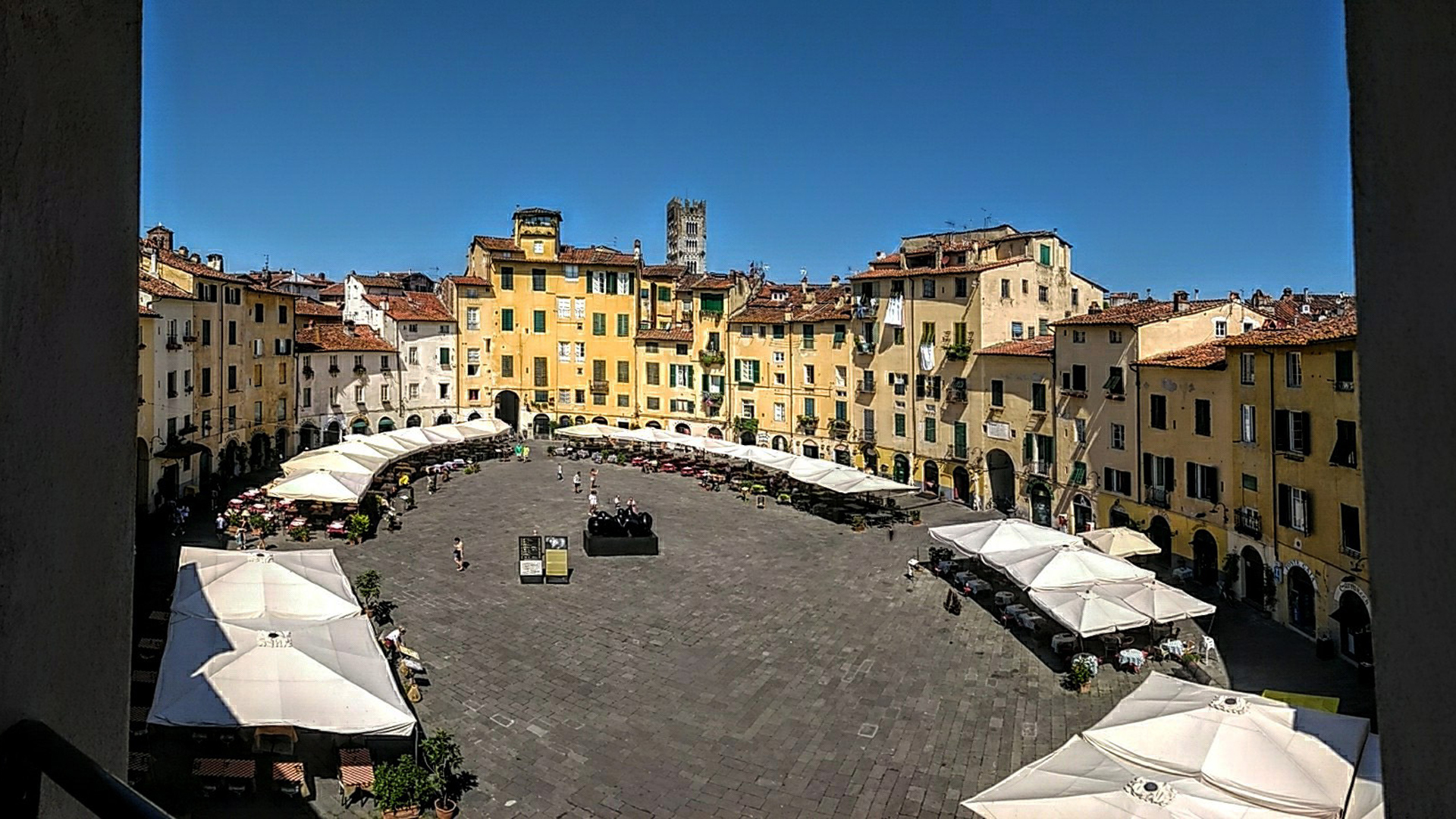
(Photo credit: Extraordinaryplaces.com)
This section of Lucca will definitely steal your heart. Of the city’s many piazzas of Lucca, Piazza dell’Anfiteatro is distinctive for its oval shape similar to that of an arena due to its origin as a Roman amphitheater built in the 1st century A.D. Houses create a complete elliptic ring around the oval, and entering the Piazza through one of the arched tunnels you will find outdoor seating for restaurants and cafes and luxury stores everywhere. Just take a break, relax, and enjoy the true Italian way of life under the sun.
San Martino Cathedral
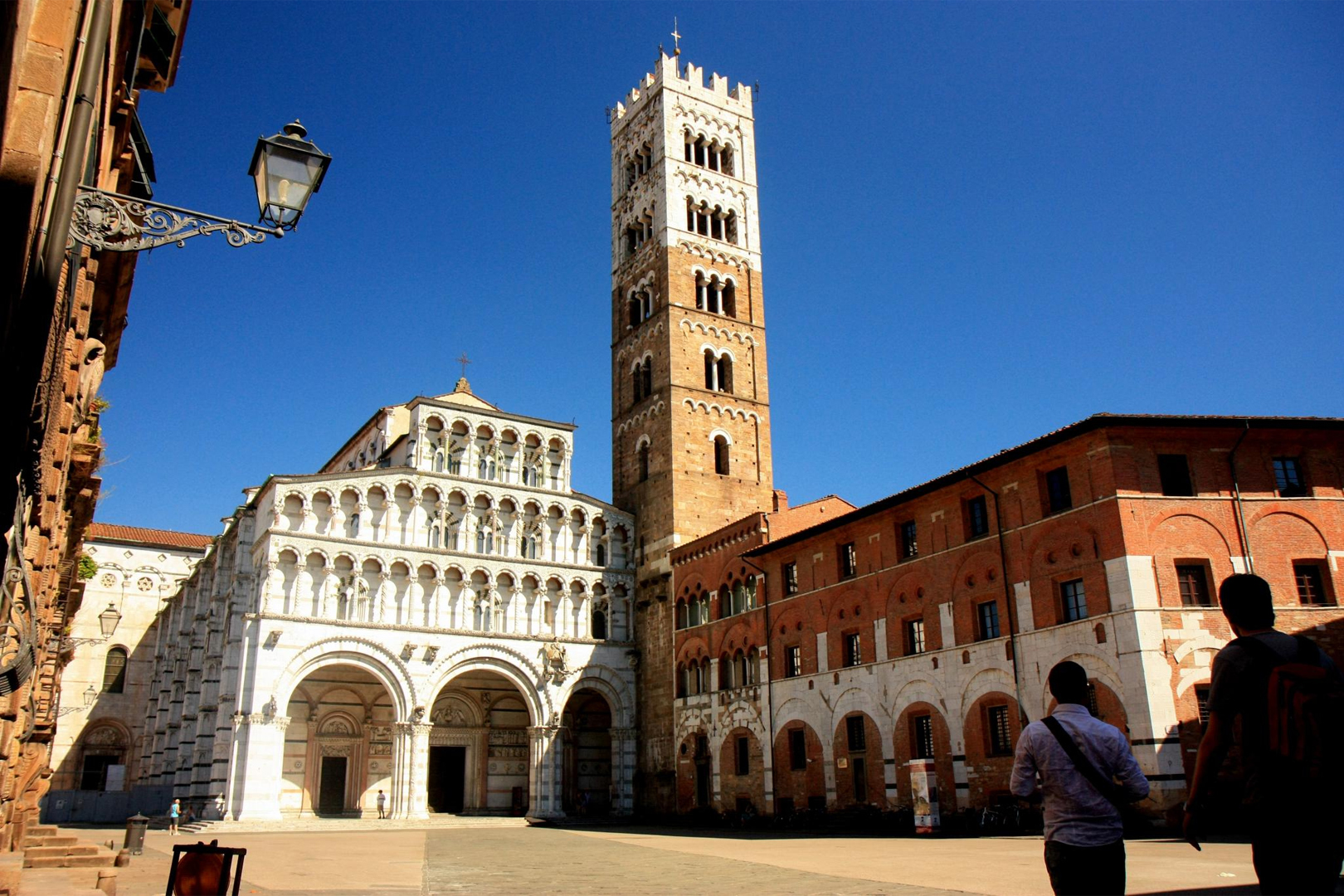
(Photo credit: lucca.online.it)
The Cathedral of Lucca, dedicated to Saint Martin, was erected at the behest of sixth-century Bishop San Frediano. After its reconstruction, the cathedral was consecrated in 1070 by Pope Alexander II. The wonderful façade is rich in elegant polychrome marbles in pink, white, and green, and the interior leaves parishioners and visitors speechless. In addition to the absolute beauty of the architecture, the sanctuary captivates with stunning works of art. These include Tintoretto’s Last Supper, painted in 1594, and Jacopo della Quercia’s white marble tomb sculpted for Ilaria del Carretto in 1406: a vision of a beautiful woman seemingly asleep. Another 15th-century masterpiece, Ghirlandaio’s Madonna and Child Enthroned with Saints draws art and history lovers to this unforgettable cathedral. No visit is complete without admiring the famous Crucifix of the Holy Face (Volto Santo), which arrived in Lucca in 782, making it the oldest fully intact wooden relic in Europe. Medieval legend has it that the crucifix was sculpted by Nicodemus, a follower of Jesus, and is therefore a true likeness.
Palazzo Pfanner
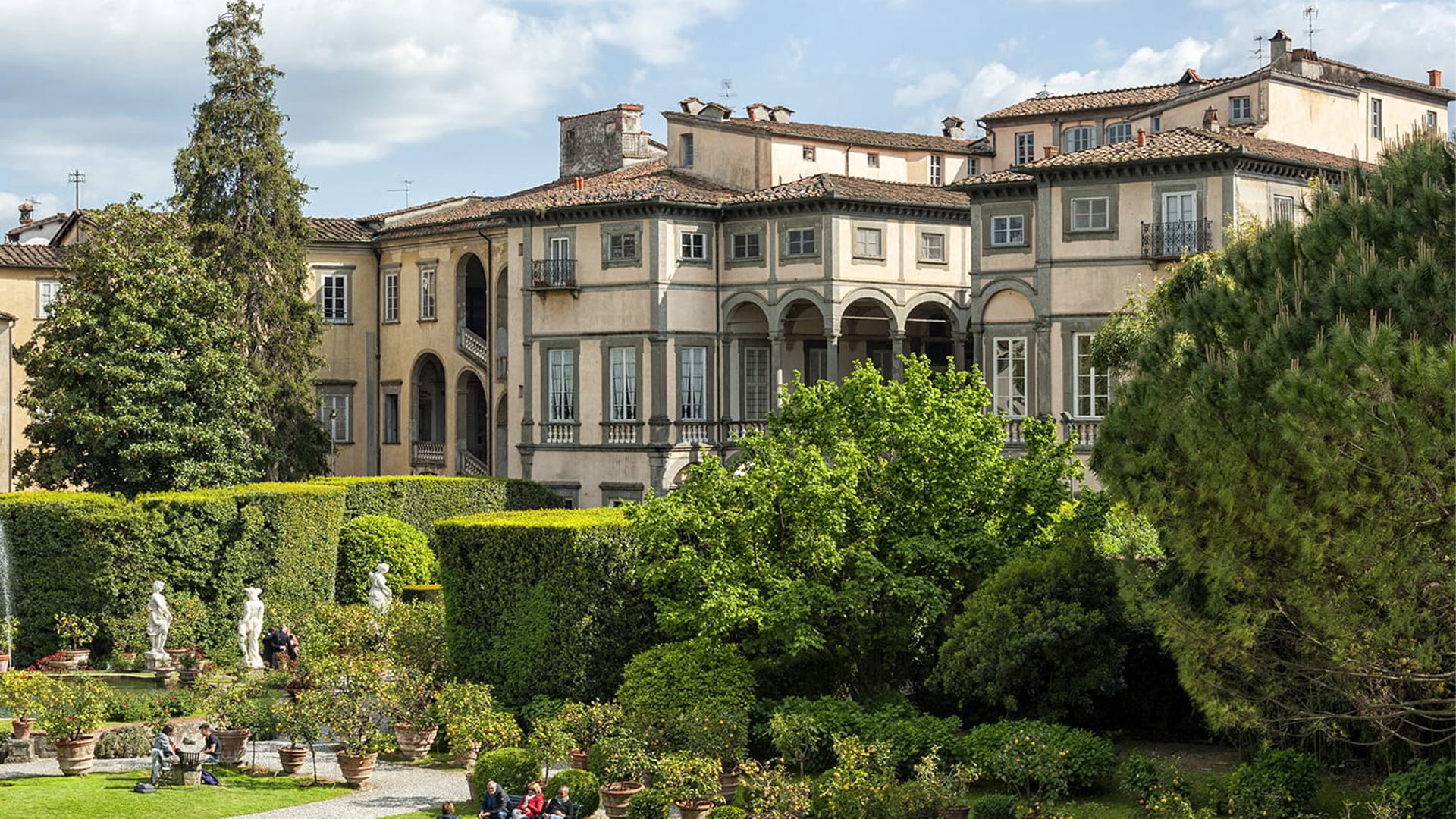
(Photo credit: Shutterstock)
Lucca is home to many palaces within its historic quarter. The one most worth visiting is the 17th-century Palazzo Pfanner, which includes an enchanting palace garden reached by descending an astonishing covered staircase. You may have spotted this historic palace in movies such as Jane Campion’s Portrait of a Lady, based on the Henry James novel and starring Nicole Kidman and John Malkovich, or the 1981 Italian film Il Marchese del Grillo starring Alberto Sordi.
Torre Guinigi

(Photo credit: Guiaflorenca.com)
Each of Lucca’s towers has its own heritage, but none are as iconic as the Guinigi Tower. What makes this medieval torre so unique? On the top you will find seven Holm oak trees growing from the roof, planted by the Guinigi family in the 14th century as a symbol of rebirth (and to provide lovely shade). To get even a better city view, which includes a look downward at the 125-foot Torre Guinigi, climb the 164-foot Torre delle Ore, a clock-tower that is the city’s tallest remaining tower.
Puccini Museum
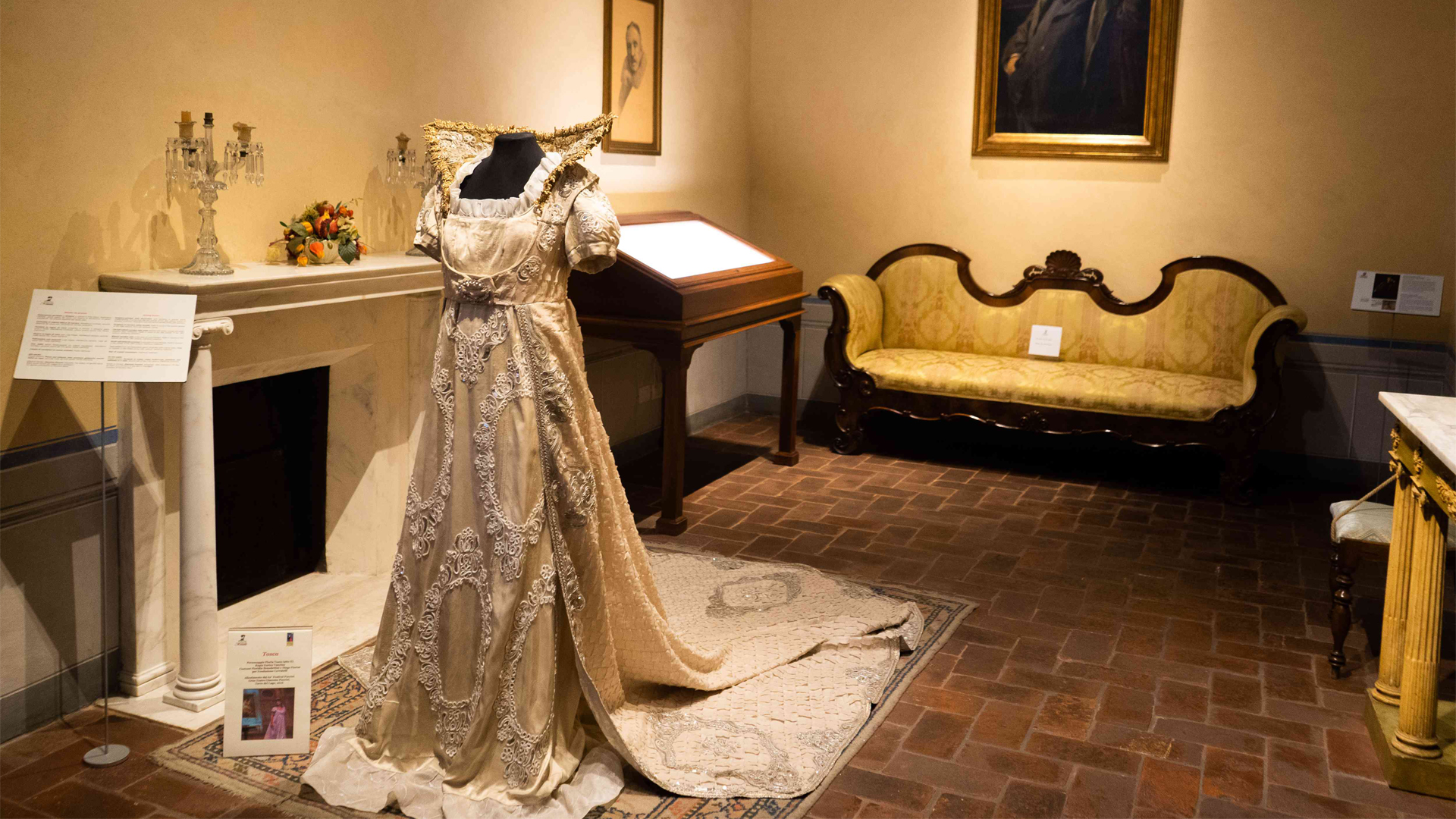
(Photo credit: tripsavvy.com)
Genial opera composer Giacomo Puccini, creator of Tosca, Madama Butterfly, La Bohème, Turandot, and many other masterpieces—is surely Lucca’s most famous locale. Music lovers can explore the house in which he was born in 1858, now a museum dedicated to the artist and to his life works. The Puccini Museum rooms have been re-furnished to their original design and include the piano on which the master composed.
Le Ville Lucchesi
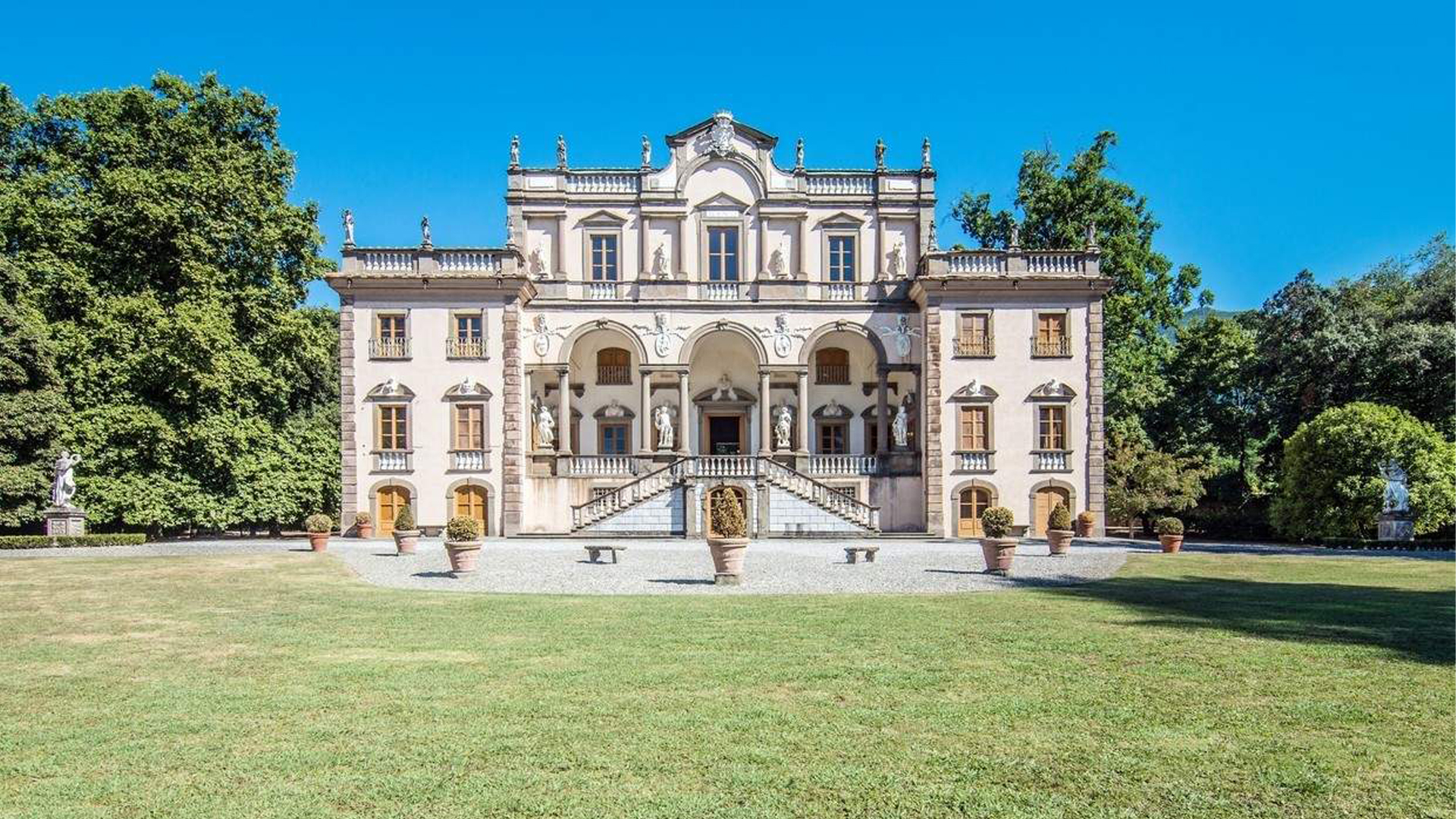
(Photo credit: Luxatic.com)
If you just can’t get enough of all this beauty, surprises around the corner from Lucca are waiting for you. The countryside hosts many 16th- and 17th- century villas and gardens built as spring and summer resorts by Tuscan nobles during the Renaissance. You can also take a relaxing break at the thermal baths of Bagni di Lucca or drive down to Pisa, 35 minutes away. If you need sunny beaches and are a shopaholic, don’t miss the Versilia Coast’s towns of Viareggio, Pietrasanta, and the very posh and trendy Forte dei Marmi.
Barbara Benzoni
Barbara Benzoni was born in Milan and lives between Rome and Tuscany. She is devoted to USA, the land of courage and innovation. She’s Peter's super-lucky mum and Ale's wife. Cinema, art, good food and only beautiful things are the themes of her existence. With a degree in Italian literature and a Masters in Sports Management she can both enjoys books and basketball matches. In 25 years she has been organizing sport events all over the world and she’s been lucky enough to meet the greatest champs ever. Curiosity in everyday life and people are her drivers. Her personal icon is Mohammed Ali : "It's not bragging if you can back it up".

